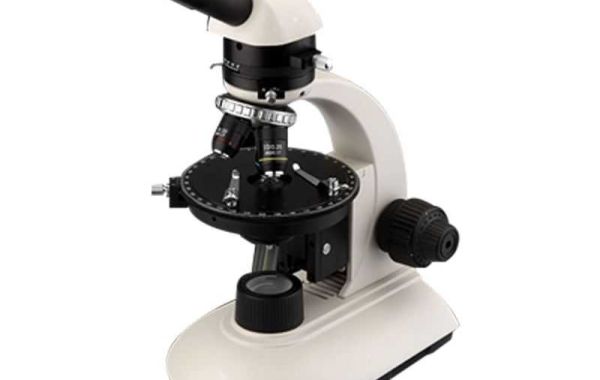A polarizing microscope is a useful tool for studying the optical properties of materials. However, it's important to be aware that artifacts could exist. Artifacts are features that show up under a microscope but aren't present in the original material. Typical artifacts seen in polarizing microscope include the following:
- Stress birefringence: Stress in the sample is the cause of this type of birefringence. One can observe either interference colors or bands of extinction. Stress birefringence is often the result of over-polishing or cutting samples.
- Coverslip birefringence: The birefringence of the coverslip causes this type of birefringence. One can observe either interference colors or bands of extinction. By using low birefringence coverslips, coverslip birefringence can be decreased.
- Birefringence resulting from the mounting medium: This type of birefringence is brought on by the mounting medium's birefringence. One can observe either interference colors or bands of extinction. The birefringence of the mounting medium will be decreased by using a low birefringence mounting medium.
- Air bubbles: Air bubbles might appear as crescents or black circles within the range of view. They could originate from trapped air between the sample and the coverslip. To eliminate air bubbles, lightly press on the coverslip using a rough instrument.
It is easy to mistakenly draw incorrect conclusions by mistaking artifacts for true sample characteristics. For example, birefringence due to stress can be mistaken for birefringence due to the presence of a certain mineral. In the event that artifacts are seen in your images, there may be an issue with the microscope. Such issues can be an objective lens that is filthy or a birefringent coverslip.







